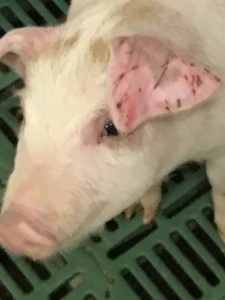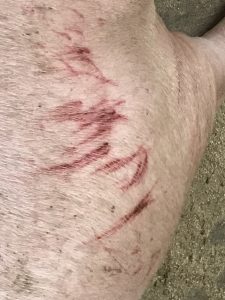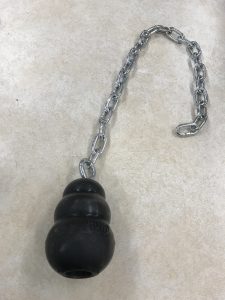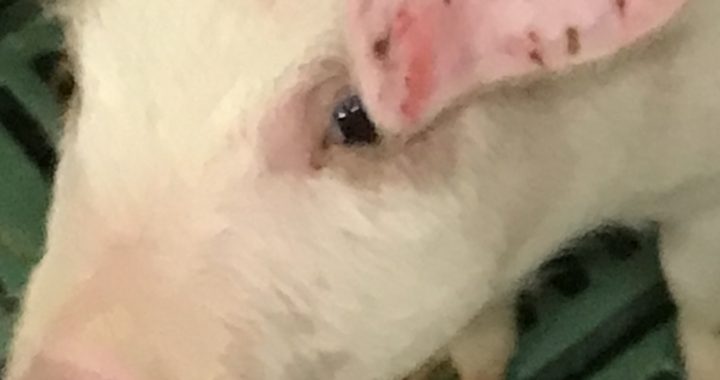Farm animals who interact socially can affect each other’s phenotype, meaning that the indirect genetic effects of their pen-mates can impact the phenotype of the individual animal. This seems to be particularly important for aggressive interactions/behaviours. For instance, in pigs, social interaction traits related to aggression were moderately heritable, and there was positive genetic correlation between the aggression traits and pigs’ skin lesions. Tail- and ear-biting are the most common behavioural vices in growing-finishing pigs. Besides being an important welfare problem, they also have economic repercussions due to reduced weight gain, on-farm veterinary treatment, reduced carcass weights and condemnations.


Social interactions are also relevant for beef and dairy cattle for welfare and disease transmission. For example, if welfare-related traits like the foot structure of Angus cattle are added to profit-driven selection indexes, recording levels increased and the accuracy of the evaluation for these traits improved. Researchers at Wageningen University developed a novel method, an extension of the classic social genetic model, for breeding value estimation for social traits in large groups. This method, along with proper recordings of social interactions, could be very applicable in animal breeding.
Using genetic selection by including indirect genetic effects greatly improves the interaction among pigs by reducing damaging behaviour. However, environmental factors, such as the number of pigs/pen and diet, are crucial in achieving the desired goal. Building on work done in collaboration with researchers at Wageningen and Topigs Norsvin, Gentec (Graham Plastow, Clover Bench and Elda Dervishi) and the Swine Research and Technology Center are leading a project to develop management strategies to monitor and manage tail- and ear-biting in pigs. Live observations focus on counting skin lesions and determining the severity of biting. However, live observation can miss behaviours of interest because it only takes place for a short time during the day. Video recordings are monitoring feeding, drinking, and tail-biting behavior every Monday for 8 hours. In combination with saliva and blood analysis collection, we hope to provide a more complete picture of these behaviours. Welfare-related traits, like the number of skin lesions, can be added to selection indexes to improve the accuracy of the evaluation for these traits. We can also monitor the frequency and time the pigs spend interacting with the enrichment objects (for example a KONG).
Overall the results may lead to new recommendations for the swine industry on how to avoid and manage tail- and ear-biting. In addition, it might inform welfare-related codes of practices in Canada.


